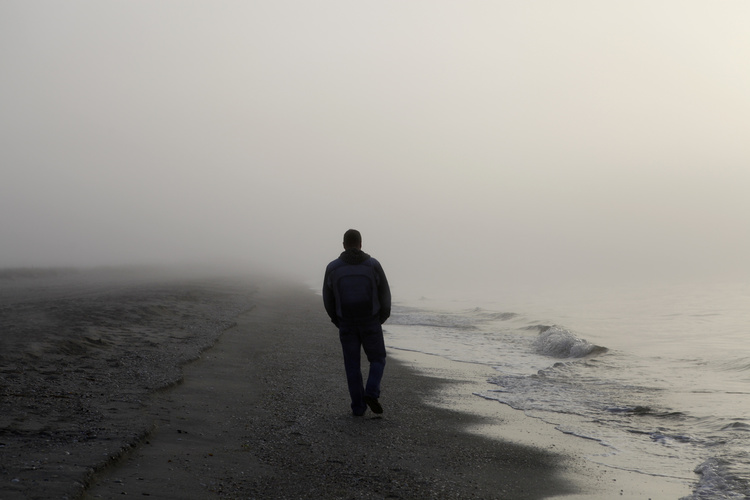
Over the past 60 years, treatment for patients with major depressive disorder (MDD) has undergone transformative change. There are now several different therapeutic strategies and treatments with different mechanisms of action. There are several therapeutic strategies to address inadequate response to antidepressants which may offer the potential to individualize treatment. The evolution of treatment strategies in MDD was discussed in this Lundbeck-sponsored special session at AsCNP Virtual 2021.
"Treatment goals for MDD have changed quite significantly over the past decade"s explained Professor Fagiolini, University of Siena, Italy, during this session at AsCNP Virtual 2021. Fifty years ago, the aim of treatment was simply to achieve a response, or a 50% reduction in symptoms according to specific scales. As better treatments became available, remission became possible. Now, we have gone further, clinicians still want response and remission, but the main goal is to achieve full functional recovery, where symptoms are essentially absent and the patient returns to premorbidity.1
Now, the main goal in MDD is to achieve full functional recovery
Have treatment options kept up with therapeutic goals in MDD?
"Treatment for MDD has also evolved significantly over the past 60 years" explained Professor Philip Gorwood, University of Paris, France; "we have gone from tricyclic antidepressants first available in the 1950s, to SSRIs and SNRIs that became available in the 1980s and 1990s, to the agents that we have available now with multimodal mechanisms of action".
Even with current treatments, however, patients with MDD are still suffering quality-of-life (QoL) and functional impairments. Observational analysis of 1297 patients with MDD showed that only 34% of patients treated with an SSRI/SNRI achieved functional recovery after 16 weeks of treatment.2
"An important consideration when choosing medication for MDD is that it is more difficult to treat over time;3 the longer and more frequent the episodes, the lower the chance of response", explained Professor Gorwood. Moreover, adequate response in later treatment lines may not be achieved by changing treatment. In the STAR*D study, less than 1 patient in 5 achieved adequate response with the third therapy in the treatment sequence,3 highlighting the importance of finding the most appropriate treatment as quickly as possible.
MDD becomes more difficult to treat with time
Can augmentation with antipsychotics improve treatment individualization?
"Augmentation with an antipsychotic (AP) is a therapeutic option in patients with inadequate response to antidepressant treatment. Atypical APs are a heterogenous group of agents that have complex pharmacology, binding to multiple dopamine and serotonin receptors, as well as interacting with noradrenergic, histaminergic, and cholinergic pathways" explained Professor Fagiolini.4 No two atypical APs have the same receptor action, offering the potential to match the receptor profile of an agent to the clinical profile of individual patients.4
Other options in the case of inadequate response to initial antidepressant therapy are optimization of the initial approach (by ensuring adequate dose and titration of treatment), switching to another antidepressant, and combining antidepressants. Other adjunctive approaches include the addition of lithium, a benzodiazepine, or psychotherapy. Each of these strategies have been considered in several sets of guidelines.5─8
Treating anhedonia offers a gateway to improvement of other MDD symptoms
One factor important for improving QoL and functioning in patients with MDD is treatment of anhedonia.9─11 "Anhedonia is a core feature of MDD,12,13 and when present, it is difficult to improve other MDD symptoms",11 explained Professor Fagiolini. The presence of anhedonia is associated with higher rates of social withdrawal, social impairment, reactivity of mood, brooding about past events and diurnal mood variation.9
Anhedonia is also a negative predictor of time to remission and recovery in patients with MDD treated with antidepressants. In a one-year study of patients with MDD treated with antidepressants, time to remission and recovery increased from 128 and 255 days to 316 and 624 for patients with low baseline anhedonia and high baseline anhedonia, respectively.10
Improvement of anhedonia is therefore an important factor to consider when treating MDD.
Educational financial support for this session was provided by Lundbeck.
MDD : Major Depressive Disorder
AsCNP : Asian College of Neuropsychopharmacology
SSRI : Selective Serotonin Reuptake Inhibitor
SNRI : Selective Serotonin and Noradrenalin Reuptake Inhibitor
Star*D : Sequenced Treatment Alternatives to Relieve Depression
AP : Antipsychotic
QoL : Quality of Life
BE-NOTPR-0155; approval date : 06.2022
